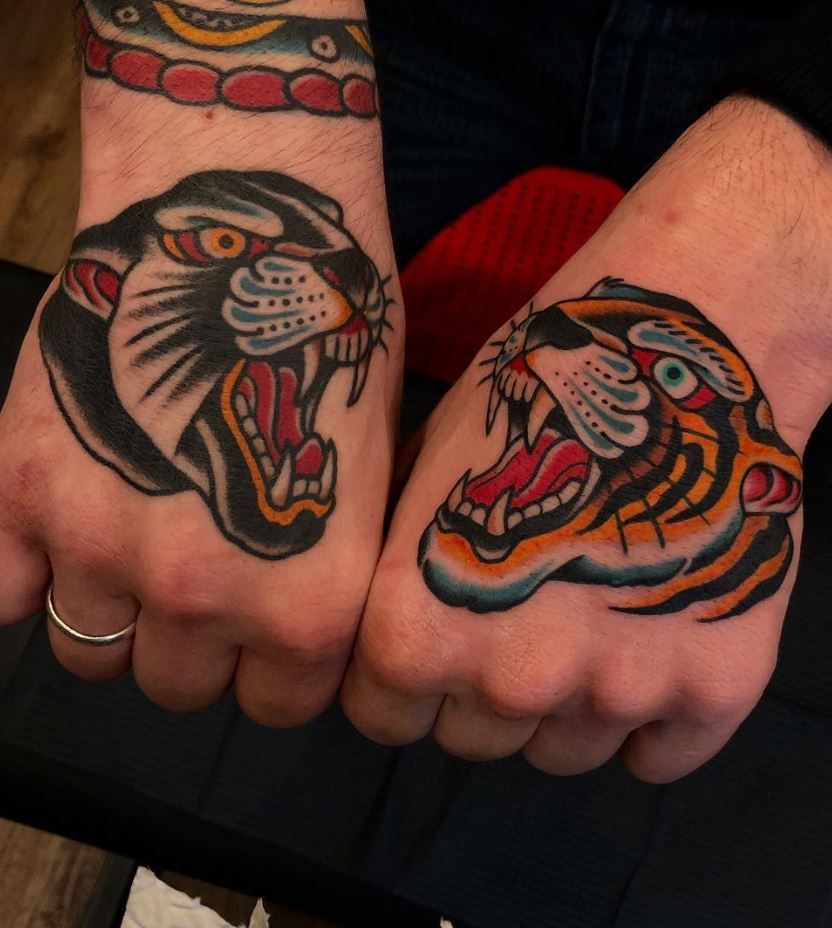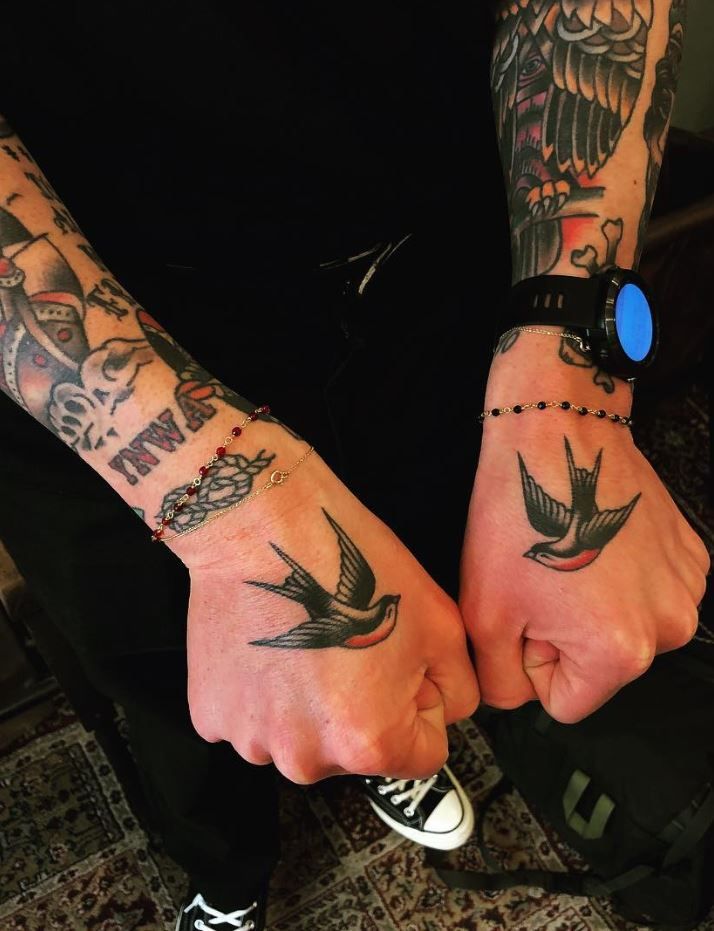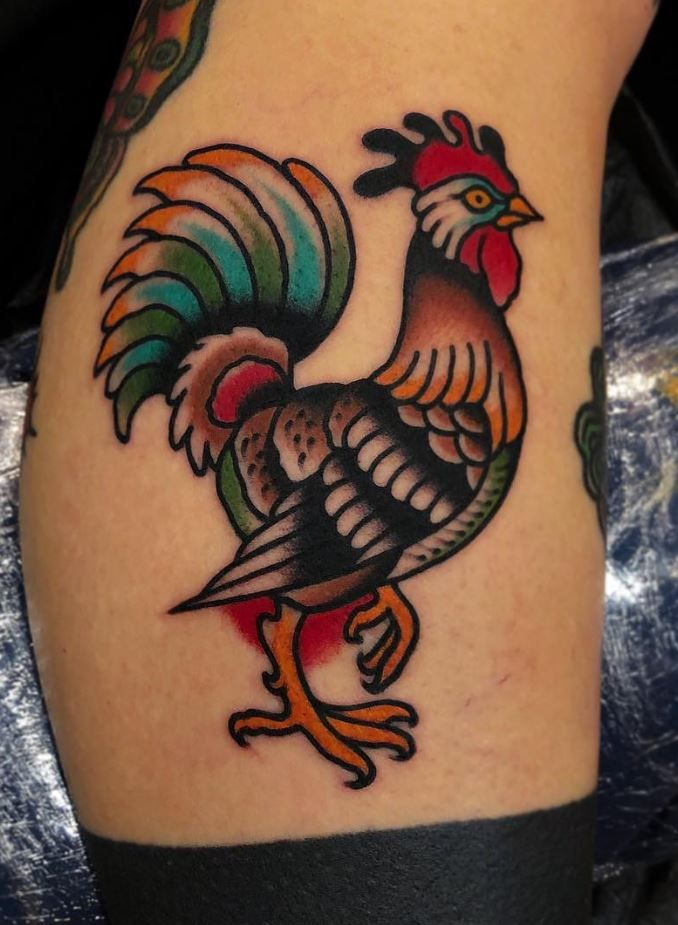Old School Tattoos
Old School Tattoos - A journey back in time to the world of traditional tattoo art
Old school tattoos, also known as classic or traditional tattoos, are one of the most iconic and popular tattoo styles worldwide. These tattoos are characterized by their clean lines, bright colors, and timeless motifs. In this comprehensive article, we will explore the fascinating world of old school tattoos, starting with their definition, their history, how long they have been tattooed, and finally the deep meaning they have for people all over the world.
What are Old School Tattoos?
Old school tattoos are a special form of tattooing, which is characterized by its characteristic features. These tattoos are usually in bold, crisp colors and feature clean lines and simple yet eye-catching motifs. The motifs are often inspired by nautical and military symbols, nature and animals. Typical old school motifs include swallows, anchors, roses, hearts, ships, wolves, snakes and many more. Each of these motifs has its own symbolic meaning and history.
How long have old school tattoos been around?
Old school tattoos have a long history dating back to the late 19th century. The style originated in the United States and was initially rooted in seafaring and military culture. Sailors, soldiers and adventurers got these tattoos as a sign of recognition and as a reminder of important events or places.
The beginnings of the old school style are closely associated with pioneers of tattoo art such as Norman Collins, also known as Sailor Jerry. Collins was a pioneering tattoo artist who tattooed in Hawaii in the 1920s and 1930s and was instrumental in shaping the old school style.
The Story Behind Old School Tattoos
The history of Old School Tattoos is one of adventure, seafaring, and military traditions. Here are some aspects of the story behind this unique tattoo style:
- Seafaring: Old school tattoos were originally worn by sailors who went on long voyages to distant lands. These tattoos were not only used to identify the sailors, but also had practical purposes. The swallow, a popular motif, symbolized the hope of a safe return, as swallows at sea were seen as an omen of the proximity of the land.
- Military: The old school style also found favor in military culture. Soldiers were often given tattoos to denote their membership in a unit or their military successes.
- Tattoo artist pioneers: Tattoo artists such as Sailor Jerry and Bert Grimm were instrumental in popularizing the old school style. Their artwork and the designs they created remain icons of this style to this day.
- Return of the classics: In the 1990s, the old school style experienced a renaissance and regained popularity. Tattoo artists and clients discovered the timeless appeal of the clean lines and bright colors.
The Meaning of Old School Tattoos
Old school tattoos have a variety of meanings, often depending on the chosen motifs. Here are some of the most common meanings and concepts associated with this tattoo style:
- Tradition: Old school tattoos are a tribute to the traditions of tattoo art that have been passed down through generations.
- Adventure and travel: The motifs in old school tattoos, such as ships and compass roses, often represent a sense of adventure and the urge to explore the world.
- Memory: Many people choose old school tattoos as a reminder of important events, loved ones, or significant milestones in their lives.
- Courage and strength: Motifs such as wolves and snakes often symbolize courage and strength.
- Love and connection: Hearts and roses are symbols of love and connection.
- Individuality: Old school tattoos are often very personal and express the individuality and personality of the wearer.
The appeal of old school tattoos lies in their timelessness and their ability to combine traditional values and meanings with modern interpretations. Not only are these tattoos aesthetically pleasing, but they often carry personal stories and beliefs of their wearers. Old school tattoos are a testament to the long history of tattooing as an art form and cultural expression.




